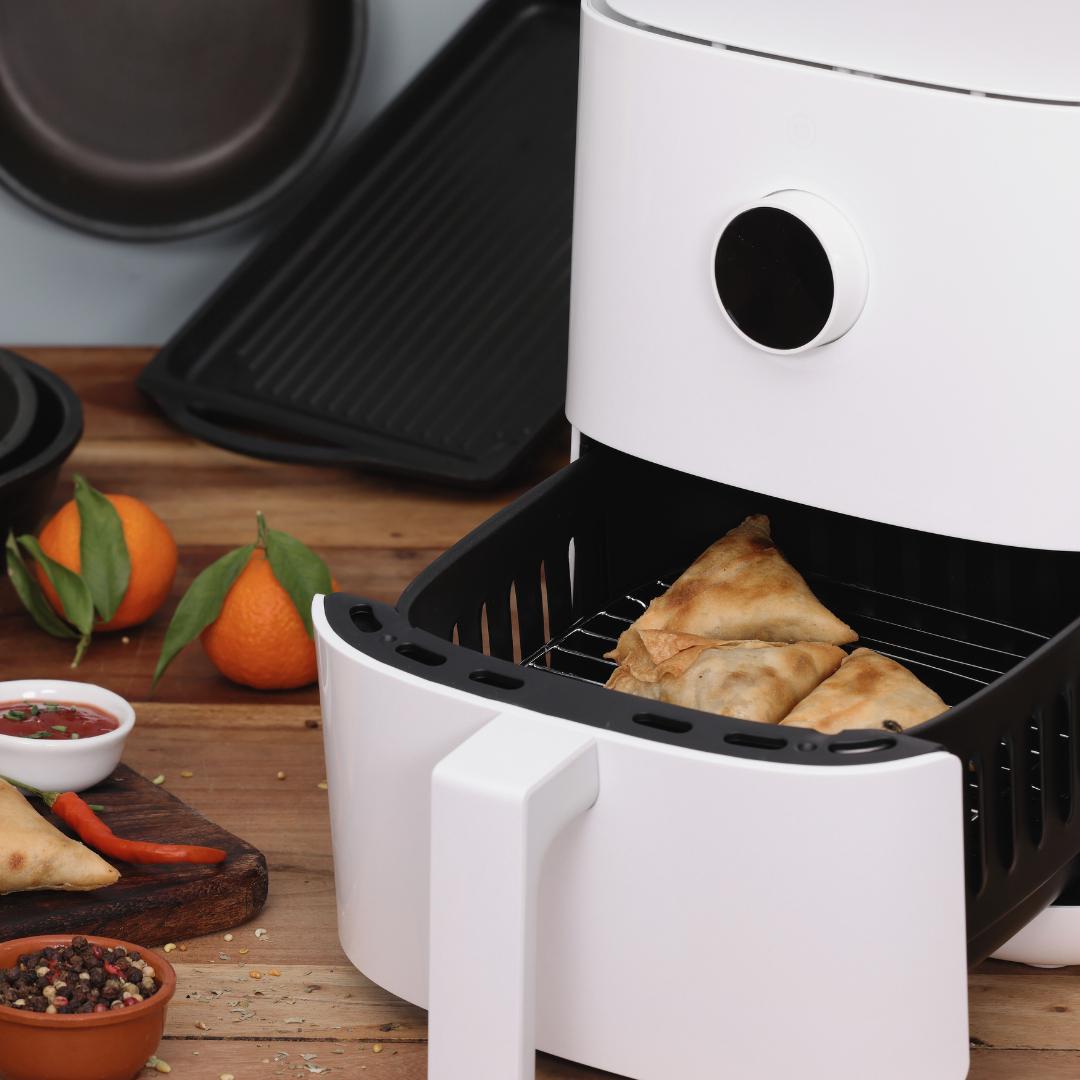
Air fryers have become a go-to appliance in many health-conscious kitchens. They promise crispy, delicious meals without the need for heavy oils or deep frying. But while they seem like the perfect compromise between taste and health, Functional Medicine encourages us to go deeper. Are air fryers as safe as we think? What does the science say about the byproducts of air frying, and what should you know if you're using one regularly?
In this blog, we’ll explore what really happens when you cook with an air fryer—from a toxic load and respiratory health standpoint—and how you can make informed, safer choices.
Air fryers use convection technology to circulate hot air around food, creating a crisp exterior with little or no oil. This has made them incredibly popular among people trying to eat healthier, cut back on fat, and avoid the mess of traditional frying. They’re marketed as a healthier alternative—but is that the full story?
In Functional Medicine, we ask a broader question: What’s the hidden cost to your health?
It might surprise you to learn that air frying—even without oil—can still produce harmful airborne pollutants. Studies have shown that when food is cooked at high temperatures in air fryers, the process releases:
A 2023 study in Environmental Health Perspectives found that air fryers emitted significantly more fine particulate matter than pan-frying, depending on the food and temperature used.
Even without oil, high-heat air circulation can still trigger chemical reactions that produce unhealthy byproducts.
Many people use air fryers for high-heat cooking—like crisping fries or reheating leftovers. But excessive heat or overcooking can create compounds such as:
This risk isn’t unique to air fryers—it happens with many high-heat cooking methods. But because air fryers are often used quickly at high temps, the risk is relevant.
What About the Non-Stick Coating?
Many air fryers use non-stick surfaces that can break down over time, especially if scratched or overheated. When these coatings degrade, they may release small particles or chemicals into food or the air.
Even if the unit is labeled as "PTFE-free" or "PFOA-free," we often don’t know what other synthetic materials are being used in their place. And while ceramic coatings are generally safer, they still require careful maintenance to avoid degradation.
From a Functional Medicine perspective, reducing cumulative exposure to environmental toxins is key. Small exposures, over time, can contribute to larger issues—especially when combined with other environmental or dietary burdens.

Functional Medicine Recommendations: How to Use Air Fryers Safely
If you choose to use an air fryer, here are some strategies to minimize harm:
Remember: safer doesn’t mean safe. These tips can help reduce risks but not eliminate them.
Best Alternatives: Going Back to Basics
The cleanest cooking methods still come from traditional tools:
These methods may take a bit more time and intention—but they align with a root-cause, low-toxin lifestyle.

Final Thoughts: Better, But Not Perfect
Air fryers aren’t all bad—and they’re certainly an improvement over deep frying in many ways. But as with most health trends, the full picture is more nuanced.
Functional Medicine reminds us that every choice either adds to or reduces your body’s toxic burden. If you’re striving for long-term vitality, paying attention to how you cook your food—and what your food is cooked in—can make a big difference.
If you're using an air fryer, be mindful. And if you’re ready to go deeper, simple shifts like cooking with cast iron or improving kitchen ventilation can help support your body’s natural detox pathways.
Reference:
Liu, J. et al. (2023). Particulate Matter and VOC Emissions from Domestic Air Frying. Environmental Health Perspectives.
 Radiant Health And Wellness
Radiant Health And Wellness
Stay updated on our news and events! Sign up to receive our newsletter.